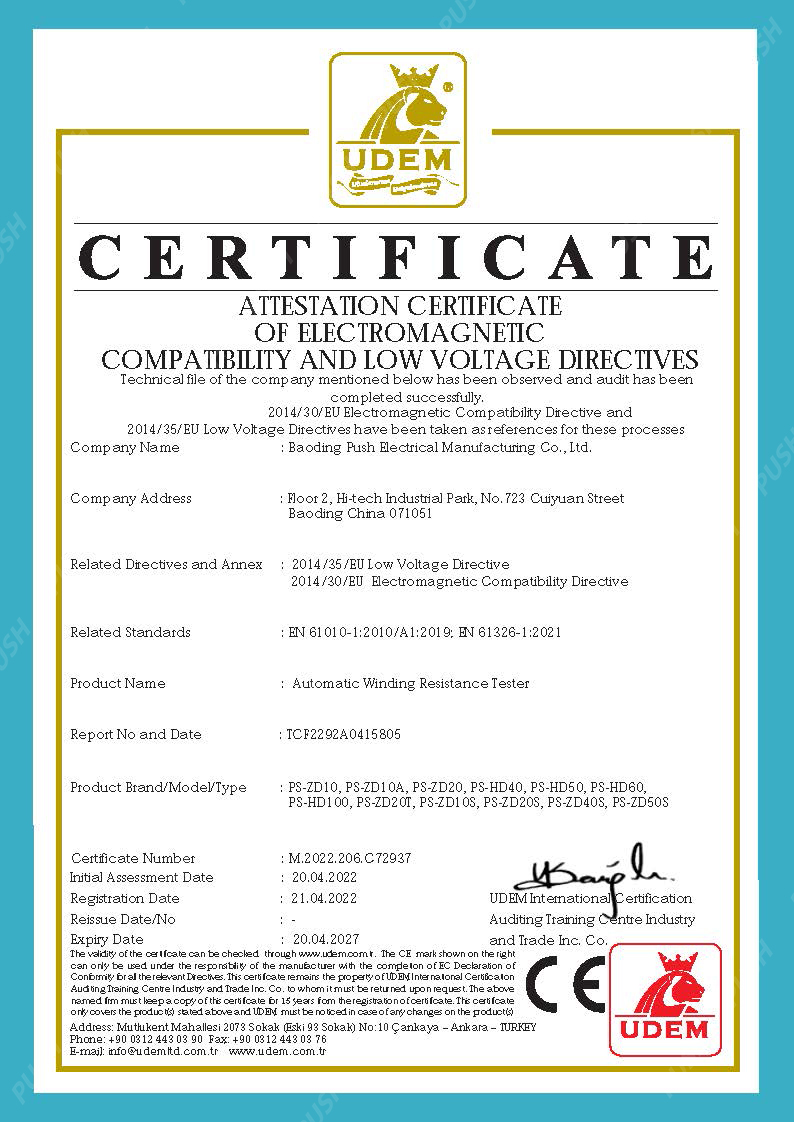 English
English



-
 Afrikaans
Afrikaans -
 Albanian
Albanian -
 Amharic
Amharic -
 Arabic
Arabic -
 Armenian
Armenian -
 Azerbaijani
Azerbaijani -
 Basque
Basque -
 Belarusian
Belarusian -
 Bengali
Bengali -
 Bosnian
Bosnian -
 Bulgarian
Bulgarian -
 Catalan
Catalan -
 Cebuano
Cebuano -
 China
China -
 China (Taiwan)
China (Taiwan) -
 Corsican
Corsican -
 Croatian
Croatian -
 Czech
Czech -
 Danish
Danish -
 Dutch
Dutch -
 English
English -
 Esperanto
Esperanto -
 Estonian
Estonian -
 Finnish
Finnish -
 French
French -
 Frisian
Frisian -
 Galician
Galician -
 Georgian
Georgian -
 German
German -
 Greek
Greek -
 Gujarati
Gujarati -
 Haitian Creole
Haitian Creole -
 hausa
hausa -
 hawaiian
hawaiian -
 Hebrew
Hebrew -
 Hindi
Hindi -
 Miao
Miao -
 Hungarian
Hungarian -
 Icelandic
Icelandic -
 igbo
igbo -
 Indonesian
Indonesian -
 irish
irish -
 Italian
Italian -
 Japanese
Japanese -
 Javanese
Javanese -
 Kannada
Kannada -
 kazakh
kazakh -
 Khmer
Khmer -
 Rwandese
Rwandese -
 Korean
Korean -
 Kurdish
Kurdish -
 Kyrgyz
Kyrgyz -
 Lao
Lao -
 Latin
Latin -
 Latvian
Latvian -
 Lithuanian
Lithuanian -
 Luxembourgish
Luxembourgish -
 Macedonian
Macedonian -
 Malgashi
Malgashi -
 Malay
Malay -
 Malayalam
Malayalam -
 Maltese
Maltese -
 Maori
Maori -
 Marathi
Marathi -
 Mongolian
Mongolian -
 Myanmar
Myanmar -
 Nepali
Nepali -
 Norwegian
Norwegian -
 Norwegian
Norwegian -
 Occitan
Occitan -
 Pashto
Pashto -
 Persian
Persian -
 Polish
Polish -
 Portuguese
Portuguese -
 Punjabi
Punjabi -
 Romanian
Romanian -
 Russian
Russian -
 Samoan
Samoan -
 Scottish Gaelic
Scottish Gaelic -
 Serbian
Serbian -
 Sesotho
Sesotho -
 Shona
Shona -
 Sindhi
Sindhi -
 Sinhala
Sinhala -
 Slovak
Slovak -
 Slovenian
Slovenian -
 Somali
Somali -
 Spanish
Spanish -
 Sundanese
Sundanese -
 Swahili
Swahili -
 Swedish
Swedish -
 Tagalog
Tagalog -
 Tajik
Tajik -
 Tamil
Tamil -
 Tatar
Tatar -
 Telugu
Telugu -
 Thai
Thai -
 Turkish
Turkish -
 Turkmen
Turkmen -
 Ukrainian
Ukrainian -
 Urdu
Urdu -
 Uighur
Uighur -
 Uzbek
Uzbek -
 Vietnamese
Vietnamese -
 Welsh
Welsh -
 Bantu
Bantu -
 Yiddish
Yiddish -
 Yoruba
Yoruba -
 Zulu
Zulu
types of tap changing transformer
Types of Tap Changing Transformers
Transformers play a critical role in the power transmission and distribution system. Among the various types of transformers, tap changing transformers are essential for regulating voltage levels and managing power flow efficiently. Tap changing allows for the adjustment of the transformer’s turns ratio, facilitating voltage control under varying load conditions. This article explores the different types of tap changing transformers and their applications.
1. On-Load Tap Changing Transformers (OLTC)
On-load tap changing transformers are designed to adjust the voltage ratio automatically while the transformer is energized and under load. This feature is crucial in maintaining voltage stability in power systems, especially in distribution networks where load fluctuations are common. OLTC systems are equipped with a mechanism that allows the taps to be changed without interrupting the current, ensuring seamless operation. They are typically used in substations and industrial applications where consistent voltage levels are required.
The key components of OLTCs include a tap changer mechanism, a control system, and the transformer itself. The tap changer is usually located on the high voltage side and is operated by an automatic control system that measures the voltage and makes adjustments as needed. This versatility makes OLTCs invaluable in the modern power grid.
2. Off-Load Tap Changing Transformers
In contrast to OLTCs, off-load tap changing transformers require the transformer to be de-energized before any adjustments to the taps can be made. While they do not offer the same level of operational flexibility as OLTCs, off-load tap changers are simpler in design and maintenance. They are often employed in situations where load conditions do not fluctuate frequently, or where the transformer can be taken offline without significant impact on the system.
types of tap changing transformer

Off-load tap changing transformers can be found in applications such as rural electrification, where loads are relatively stable, and in some industrial applications where scheduled maintenance is planned. The choice of using off-load tap changers often comes down to the specific requirements of the electrical network and budget considerations.
3. Tan Delta Tap Changing Transformers
A relatively newer innovation in the field of tap changing technology is the tan delta tap changing transformer, which utilizes advanced diagnostic capabilities to monitor insulation condition in real-time. This type of transformer is equipped with sensors that measure the dielectric losses of the transformer's insulation system while it is in operation. By assessing the tan delta (a measure of insulation quality), these transformers can provide insights into the health of the transformer, thus optimizing maintenance schedules and enhancing reliability.
This technology is especially useful in critical applications where transformer failure can lead to significant downtime and costs. Tan delta tap changing transformers can help utilities and industries ensure they are operating at peak efficiency by reducing unexpected breakdowns.
Conclusion
Tap changing transformers are indispensable in controlling voltage levels within electrical systems. The choice between on-load and off-load tap changers depends on specific operational requirements and load conditions. Innovations like tan delta technology further enhance the capabilities and reliability of these transformers. As the demand for efficient power transmission continues to rise, the role of tap changing transformers will only become more prominent, adapting to meet the challenges of modern electrical networks. Through advancements in technology, we can expect improved performance and reliability from these vital components of our power infrastructure.
-
Testing Equipment Industry Sees Major Advancements in 2025: Smart & Precision Technologies Lead the WayNewsJun.06,2025
-
Applications of Direct Current Generators in Renewable Energy SystemsNewsJun.05,2025
-
Hipot Tester Calibration and Accuracy GuidelinesNewsJun.05,2025
-
Digital Circuit Breaker Analyzer Features and BenefitsNewsJun.05,2025
-
Benefits of Real-Time Power Quality Monitoring Devices for Industrial EfficiencyNewsJun.05,2025
-
Earth Fault Loop Testing in High-Rise Building Electrical SystemsNewsJun.05,2025



